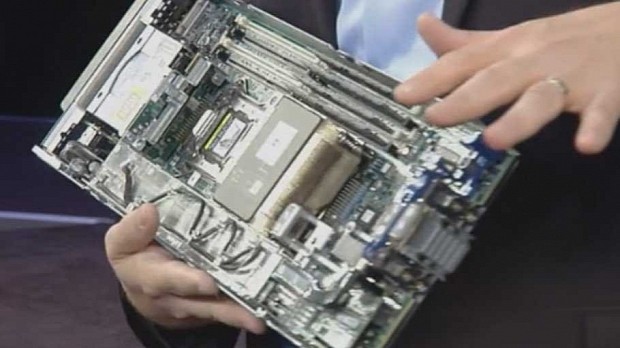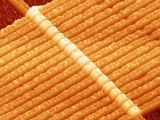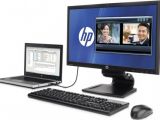Back around the middle of the year (2014), HP revealed that it was working on a new type of computer system which had the potential to put both Intel and Microsoft out of business. Now, we can say with relative certainty that the plans haven't been scrapped.
Currently, computers follow a standard formula: a central processor is helped by some memory and supported by a motherboard in the task of processing the data located on a storage device or other.
Peripherals, meanwhile, allow users control over what happens, while a display shows it for the eyes to see.
HP's new computer system will keep the peripherals around, including the audio output and I/O interfaces, and the monitor won't be going anywhere either. Everything else will be scrapped though. Instead, memristors will take center stage.
HP's The Machine computer system
Memristor is a type of memory that has existed for ages, but only in conceptual form. It will replace both DRAM and storage memory but have the benefits of both (speed and capacity).
In fact, memristors are expected to offer DRAM-comparable speeds, but capacities higher than today's NAND Flash chips.
Since we've finally started to see 2.5-inch SSDs of 1 TB, that's pretty impressive. HP will probably have to stack the memristors somehow, but since it means to invent a totally new computer architecture, that's already to be expected.
The potential of memristors is so considerable that The Machine could possess all the capabilities of a data center in a package no larger than a refrigerator.
By extension, shrinking the configuration to the size of a conventional desktop will still provide considerable advantages over them.
HP has not allowed the project to fade away
Since June, when HP first revealed The Machine, nothing else was spoken or written about it, so it slipped out of the minds of the populace.
The company has now allowed a small update to leak to the web. The Machine is still years away from the present, but development is proceeding as planned. Better even, since 75% of HP's research staff has been allocated to work on it. With the full staff being of 200, that's a lot of people for a single think tank.
The first prototype will be introduced in 2016 and will run Linux++. Only as a preliminary proof of concept of course, for developers to see how the hardware works, as HP is developing a special OS as well, called Carbon.

 14 DAY TRIAL //
14 DAY TRIAL // 


